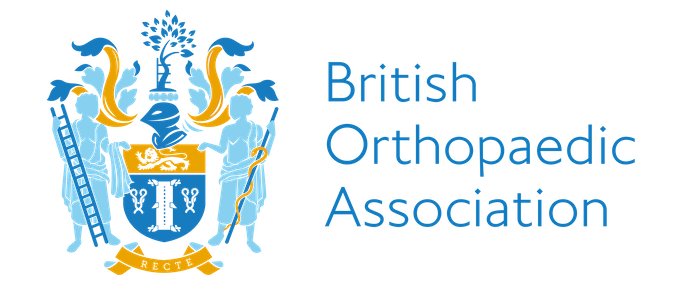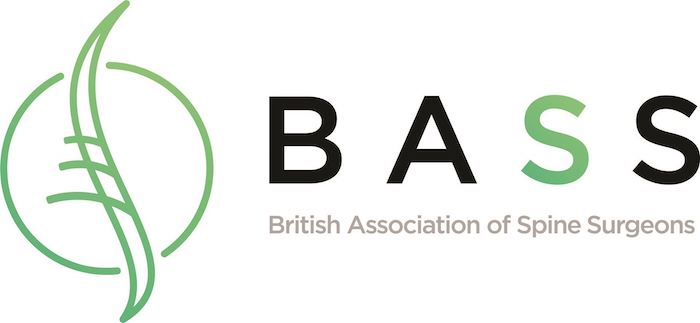Conditions treated: degenerative scoliosis
What is degenerative scoliosis?
Degenerative scoliosis is a condition in which the spine becomes unbalanced in three planes (front to back, side to side and rotationally) due to uneven wear and tear of the discs in the lumbar and sometimes lower thoracic spine. In my opinion it is a different condition to an adult who has grown up with adolescent idiopathic scoliosis. Degenerative scoliosis can present with either back pain alone, back pain and leg pain or symptoms of spinal stenosis.
Additionally in my mind, childhood scoliosis is a separate spinal subspecialty and something, which should be dealt with by spinal surgeons with a specific interest in this. I do not specialise in this, however if you are a have a child with scoliosis I can recommend spinal surgeons who do.
How can it be treated?
If you are diagnosed with degenerative scoliosis then the options for management are pain management, which can include spinal injections or surgery. The main reason for performing surgery is if you have spinal stenosis as well as a degenerative scoliosis. In these cases the surgery is mainly for the leg symptoms, and the worry is that when decompressing the spine the spine is made unstable owing to the degenerative scoliosis. In this situation the spine needs to be stabilised and the scoliosis may need to be corrected.
In some cases the spine may feel unstable and this may present with back pain secondary to the muscles fatiguing as they try and keep the back upright and stable. In these situations it is less clear whether surgery will help but it is an option.



